Airport security procedures have become much more strict following terrorist events in 2001 and later plots.
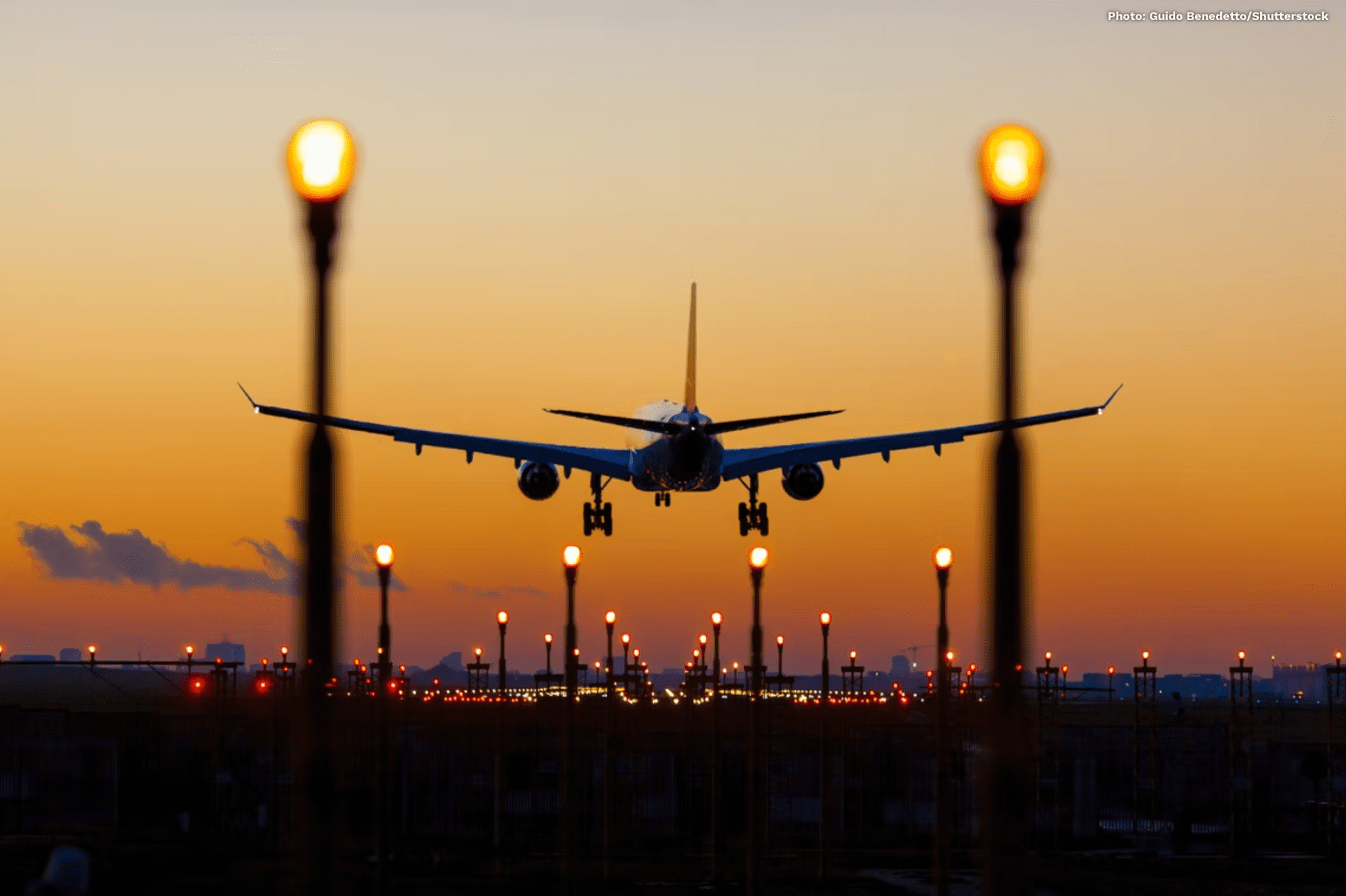
We are all now very used to taking out our 100ml liquid containers when clearing airport security, and placing them into separate plastic bags when passing through security checkpoints. However, not long ago, you could take liquid containers of any size through security and onboard the aircraft. The limitations were only introduced in 2006, following specific plots uncovered on transatlantic flights.
Increasing security after 2001
There were many changes to flight and airport security following the terrorist incidents of September 11th, 2001. Security processes and technology were stepped up, and airlines and regulators began mandating secure cockpit doors. These would help prevent hijackers from ever gaining access to an airliner’s cockpit again.
Meanwhile, in the United States of America, the Transport Security Administration (TSA) was formed as a separate authority to deal with passenger and airport security. The TSA remains a key part of air travel in the US today.
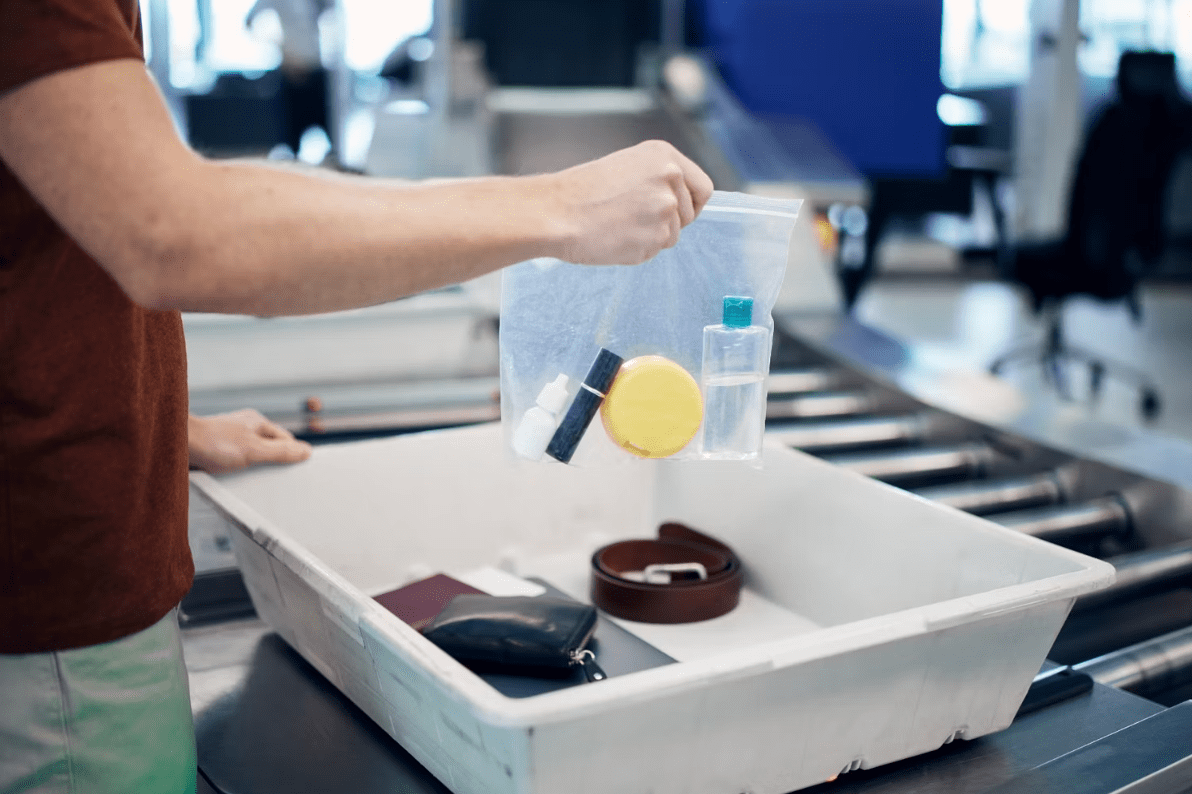
These changes led to much stricter airport security and screening processes globally, in order to ensure that such attacks weren’t repeated. However, they did not introduce a ban on liquids in people’s hand luggage. Indeed, this followed after security services uncovered and prevented another set of terrorist attacks.
The ‘liquid bomb plot’
In August 2006, British security services uncovered a plot to carry improvised explosive devices onboard several transatlantic flights and detonate these during flight. The plot involved using hydrogen peroxide as an explosive. This would be carried onboard inside standard drinks containers so as not to arouse any suspicions at security, and subsequently assembled into a bomb onboard.
Fears regarding the potential for such attacks to be attempted in the future led to immediate and severe restrictions being imposed. Rules were brought in overnight, and from the morning of August 10th, passengers from the UK and US could not carry anything onboard the aircraft except one small personal item. Liquids were banned, apart from a concession for mothers to bring baby milk.
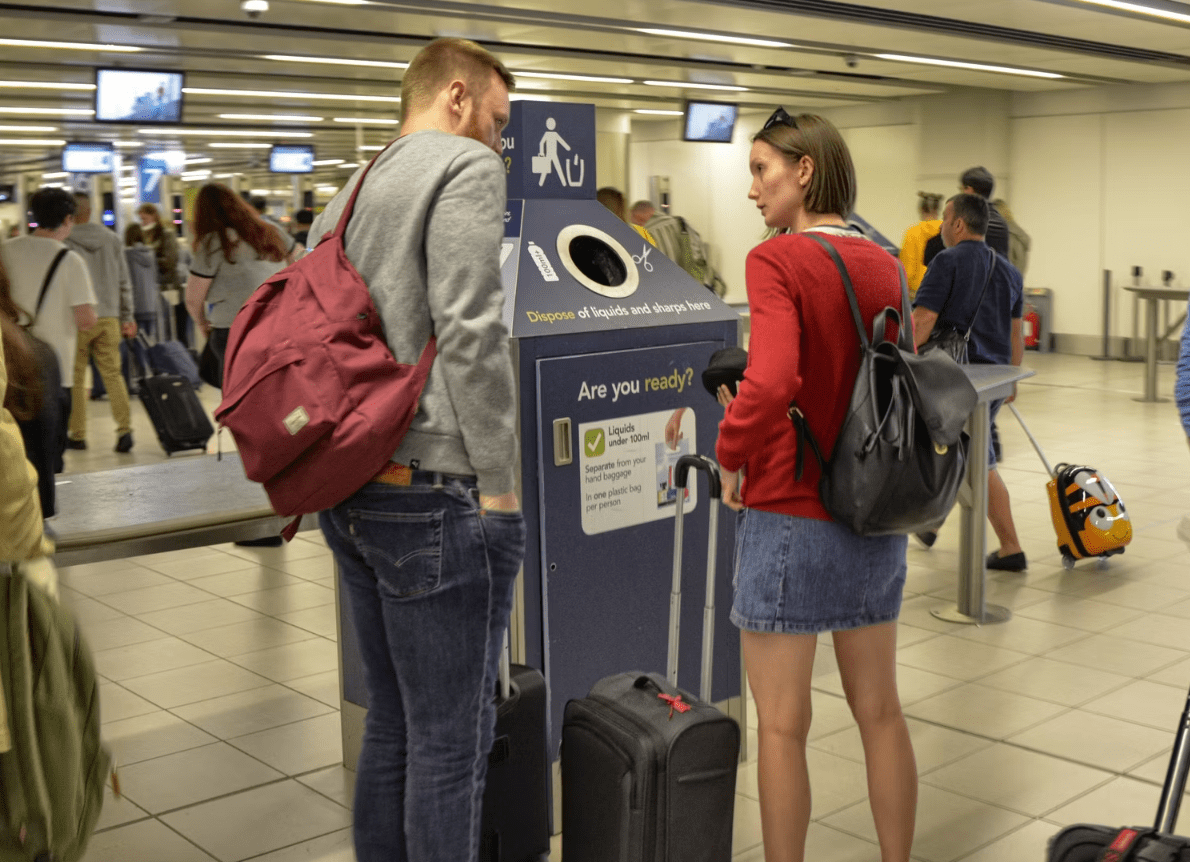
This had a significant impact, as the pressure on baggage systems (particularly at London Heathrow Airport) was severe. Many flights were canceled, and lots of passengers switched to alternative transport. According to The Independent, over the week after the ban, British Airways canceled over 1,500 flights, and the UK aviation sector overall lost over £50 million (£92.5 million or $110 million).
As the rules were brought in suddenly, this caused extensive confusion and long delays at airports. Since then, procedures and understanding have improved, as has screening and scanning technology to detect and test liquids.
New rules for liquids
Nowadays, there is growing hope that technology improvements may soon start to be able to remove restrictions. Computed tomography (CT) scanning is now more readily available and can better detect liquids, and other items. CT scanners produce a 360-degree image of luggage and its contents. Liquids, and their volumes, can be detected this way – hopefully allowing changes in policies.
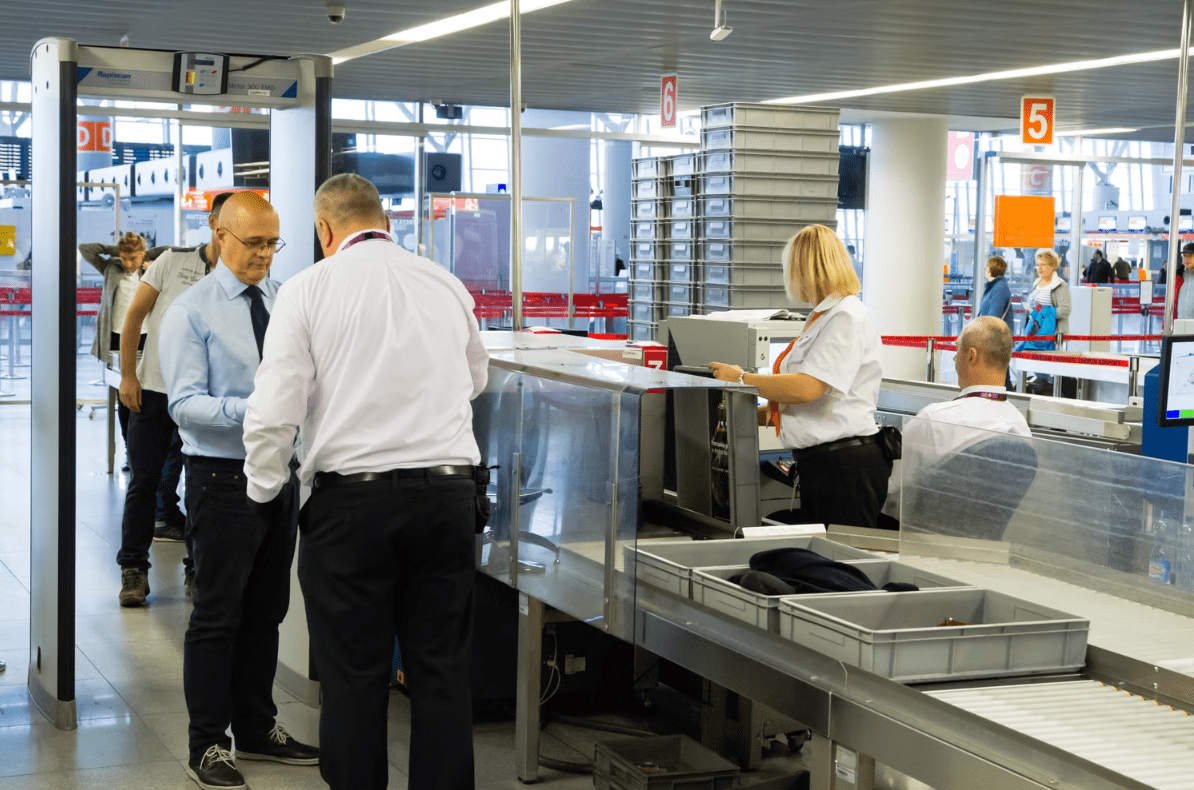
So far, scanners have been tested at various different major airports around the world (including London Heathrow in 2019) and installed at several, including many large US airports and Amsterdam Schiphol. Making the technology sufficiently available to change the restrictions, though, will likely take considerable time.
The implementation of this will allow much faster screening, often removing the need to remove liquids and electronics from luggage. Changing restrictions to re-allow liquids is much further away, though. What started as a temporary response to a security incident has already been in place for more than 15 years, and likely will be for some years yet. It should hopefully become easier to manage.
That being said, a key milestone was recently announced when London City (LCY) had become the first UK airport to alter its rules. According to Metro, the installation of four CT scanners at the facility (just in time for the Easter holidays) means that passengers can now bring vessels up to two liters in their hand luggage.
Source: Simple Flying
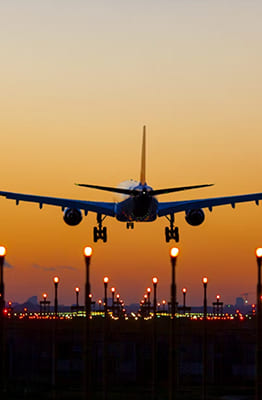
Warning: Illegal string offset 'cookies' in /home/u623323914/domains/eng.bayviet.com.vn/public_html/wp-includes/comment-template.php on line 2564